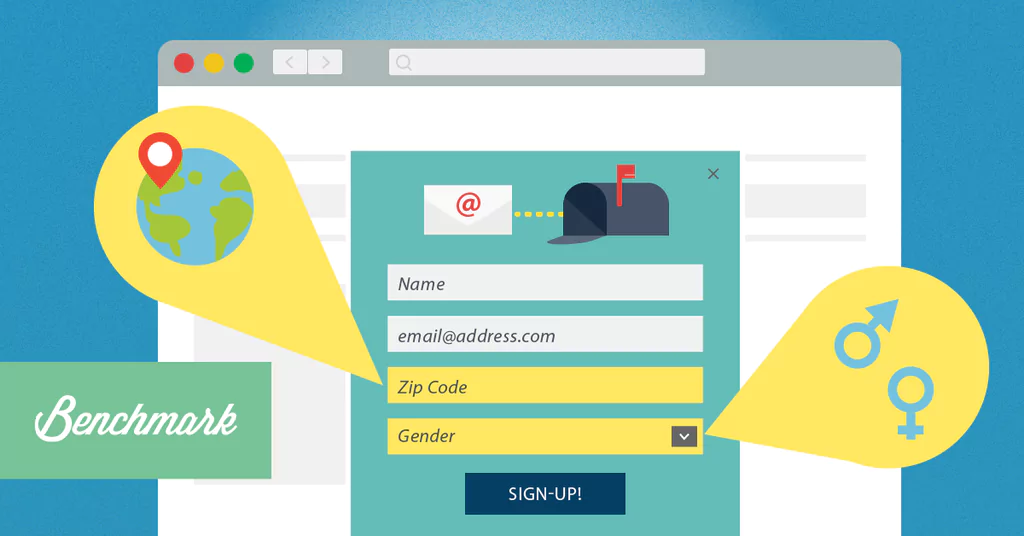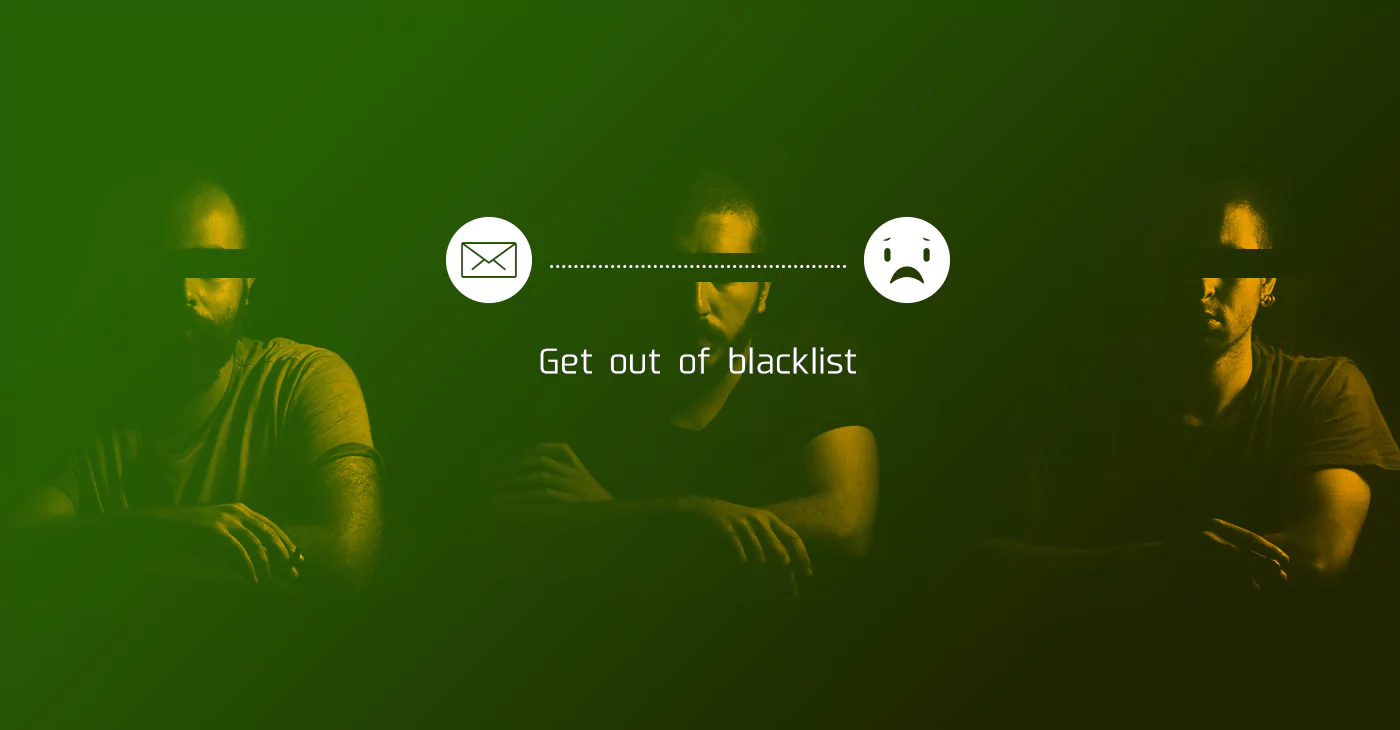Industries with a lot of creative visual content can still benefit from content marketing. Their definition of content just changes slightly. For the small business owner who caters primarily to a female demographic, your job is to hire on a team of creative design consultants ranging from graphic designers, art directors, and photographers. Perhaps you worked with one or two of these types in the past year and perhaps you (like thousands of others) felt aggravated pangs of frustration when it came to getting down visual concepts. Here’s why your campaigns this year may have fallen through the cracks, and here’s what you can do about it.
Your first task at hand in the New Year is to secure a triple threat. In entertainment, a triple threat is someone who can sing, dance, and act. It’s the person who can perform all three who instantly becomes more valuable than the person who can do just one or the other. In creative fields, a triple threat is someone who can act as an art director, a graphic designer, and a photographer.
An art director, an often overlooked necessity, is pivotal to your business success. In theatre, an art director sets the stage. In department stores, an art director comes up with the window displays. In business, an art director set the bar for your aesthetic direction. Everything from your color palette, to how your photos and graphics look, to how your frame your Instagram photos, should be guided by an art director. Think of these types as maestros, master planners that should really have a say in every meeting that includes your graphic design, your photographer, and even your videographer. If it’s visual, your art director should be involved and have the final say provided you and she have agreed on how you wish to portray your company’s overall aesthetic. Here’s also where your triple threat comes into play.
Every artist has a different style. Each graphic designer has their own style of graphic design, and the same goes with a photographer. In all honesty, it’s difficult to corral a team that can compliment styles and keep them consistent in a larger branding scope. In fact, for the budget-constrained business owner, it’s near impossible to rely on three different people for one creative need. However, if you can bring on talent that can perform all three skills, you’ve got your triple threat that’s worth her weight in gold.
When it comes to assessing the quality of past performance, Eva Rovillos of Luck Love Productions says, “It really has to do with what’s coming up in the New Year.” As a coveted OC photographer, Eva notes that you can’t always look backwards, but rather that you should plan for what’s ahead. Of course, if your consultant failed you this past year, then it’s time to move on. Astutely, Eva observes the fact that despite what happened in 2013, the fact is that your needs might completely change in the year ahead. “The thing about videographers and photographers [as with art directors and graphic designers] is it has to do with style and it’s a very subjective thing,” Eva remarks. Continuing, she notes how a business owner may or may not prefer a consultant’s style – and they do each have their own style. “You may like their style or they may have finally pegged your preferred style; it’s something that doesn’t always translate to another vendor.”
That said, there’s also training needs that come with creative types. Because they’re actually producing a visual end result, there’s a higher need for clear communication between teams in this field. It takes a considering amount of effort to get to smooth sailing, and you may not have the time or interest to look for let alone train someone new. Eva suggests that if budget or project needs are limited, you can always maintain the relationship and save money by keeping them on a retainer for six months rather than a year.
For those who feel their business doesn’t fall within the creative spectrum, I’d say that it should. All businesses benefit from and gain increased visibility from an infusion of creativity. In fact, startups (the future model of business) have already adopted design as a part of their mainstream culture. The obstacle most entrepreneurs have when it comes to design is that they still see design as an archaically literal form. Instagram co-founder Kevin Systrom sees past that in-the-box thinking, noting that “if you decide that user experience is core to your company and if you believe that it can push the way forward, everything from the slides you put up at board meetings to the way you interview people matters.”










